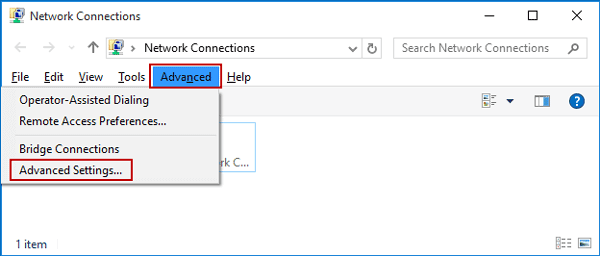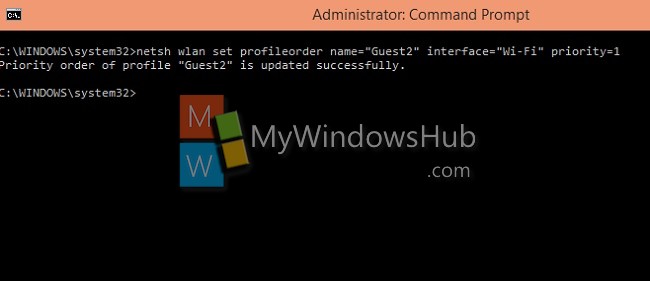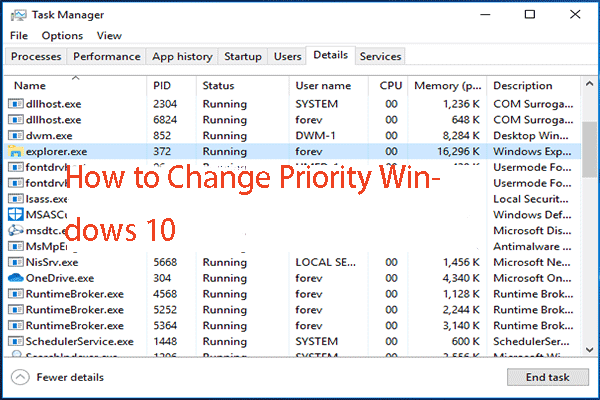
If you are stuck or need some help, comment below and I will try to help as much as possible. To reset the priority, follow the same steps but select “ Normal” in step 3. If you want the priority to be lower, select Below Normal, Background, or Idel. If you want the priority to be higher, select Above Normal, High, or Realtime. From the list, find the target process, right-click on it and select “ Set priority“. As soon as you open the application, you will see a gigantic list of the running processes. Now, right-click on the exe file and select “ Run as administrator“.ģ. After downloading, extract the zip file to a folder on the desktop and open it. First, download Process Explorer from the Microsoft website.Ģ.

In case you don’t know, Process Explorer is the Task Manager on steroids.ġ. If you are looking for an alternative method, you can use Microsoft Sysinternal’s Process Explorer. If you want to restore the default priority, simply follow the same steps but select “ Normal” in step 2. From now on, Windows will allocate CPU resources according to the priority settings. If you want the priority to be lower, select Below Normal or Low. From the submenu, select the priority of your choice. Here, find the process, right-click on it and select “ Set priority“. After opening the task manager, go to the “ Details” tab. Next, open Task Manager by searching for it in the start menu or right-clicking on the taskbar and selecting “Task Manager”.Ģ. First, make sure the application for which you want to change the process priority is running. You don’ have to use any third-party applications.ġ. Steps to Change Process Priority via Task ManagerĬhanging process priority is pretty simple thanks to the built-in options in the task manager. So, in this quick guide, let me show you the steps to change process priority in Windows 10.

i.e, if you need an application to work without bottlenecks, you can increase process priority so that it takes precedence over other applications when it comes to CPU usage. In those kinds of cases, you can decrease the process priority so that other applications can work as they should. More often than not, Handbrake uses full CPU resources making the system almost unusable.

Depending on the file format, even when you have a dGPU (Dedicated Graphics Processing Unit) Handbrake uses your CPU to transcode video files. A good example would be software like Handbrake.


 0 kommentar(er)
0 kommentar(er)
